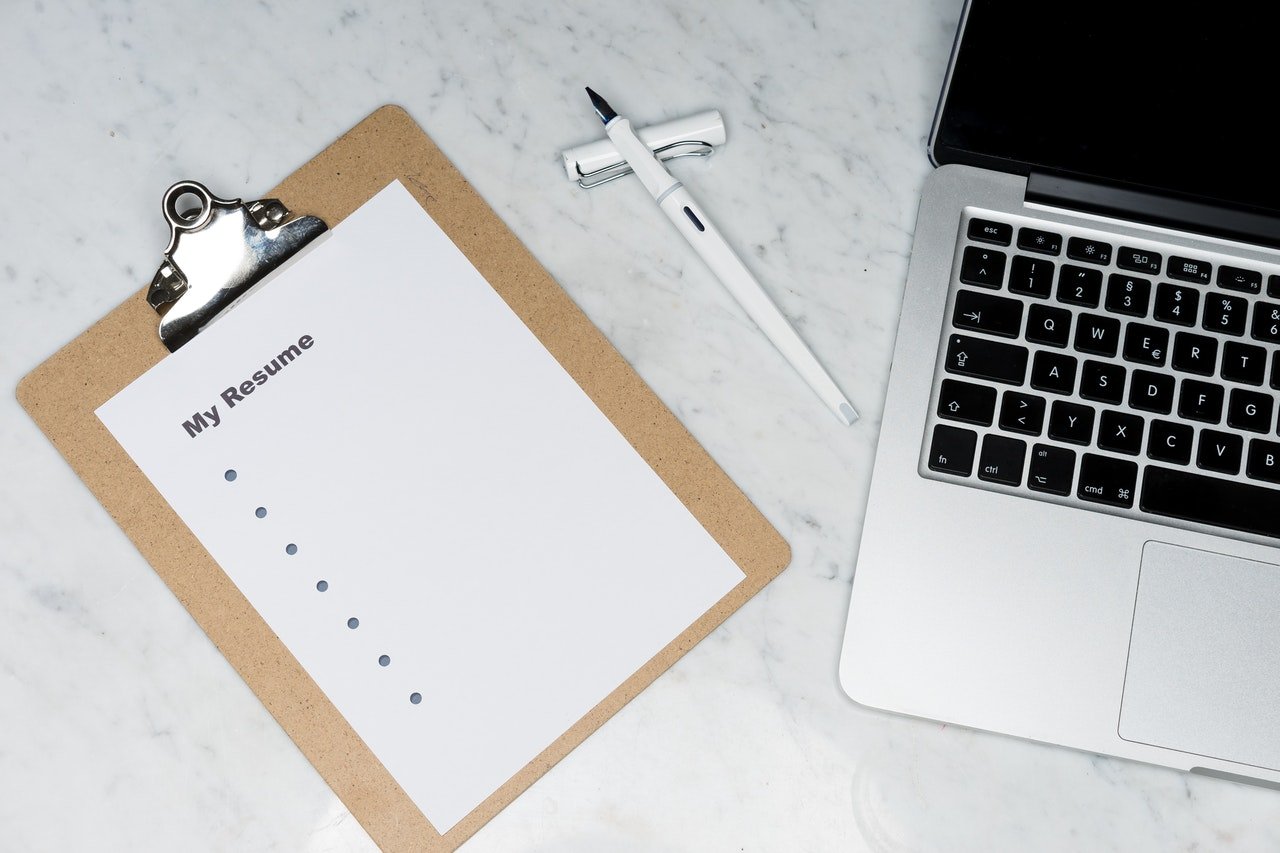The ideal resume looks different than it did twenty years ago. Modern candidates have to be careful with how they craft these documents and how they present themselves on social media. At the same time, you need to create a brand and use the right ATS-approved keywords.
Going down the “resume to-do” list can make your head spin, but you can simplify the process by breaking everything up into smaller steps. For example, you need to figure out your resume format before you start filling in other information, as your format acts as a solid foundation.
From there, you can start customizing your resume and utilizing our tips. It’s a good idea to get your resume reviewed by a professional before you start applying to jobs in your industry.
What Needs to Go on Your Resume?
While the purpose of your resume will determine what you need to put on your resume, you’ll typically include your contact information, academic history, professional experience, and skills. You may want to add a summary, related volunteer work, awards, achievements, and hobbies.
Keep in mind that the amount of information you provide in each section depends on your experience. A recent college graduate should display their academic achievements, whereas a seasoned professional should expand their experience, skills, and achievements sections.
17 of the Best Resume Tips and Tricks for Modern Candidates
Think of your resume as your chance to make a first impression. If you can get your potential employer’s attention, you’re more likely to move to the next stage of the hiring process.
1. Always Choose a Chronological Resume Format
Out of the three formats, the chronological resume is typically the best option. It lists your work history in reverse order, starting with your most current, and emphasizes steady employment and career growth. It’s also the easiest to read because it doesn’t intentionally hide information.
2. Avoid the Functional Format (Most of the Time)
The functional resume format is supposed to de-emphasize a spotty work history because it focuses on your skills. However, recruiters can see that strategy from a mile away. Employers are more likely to think you’re trying to hide your age, inexperience, or minimal progression.
3. Use the Combination Format to Emphasize Skills
The last format, combination, combines the chronological and functional formats. Since this format still emphasizes your experience, employers won’t reject them outright as they do with functional resumes. The combination format is perfect for showing off your skill development.
4. Consider Using a Resume Template for Skimability
Employers expect your resume to include all of your necessary information in a logical order. For example, your contact information, summary, and hard/soft skill section should come before your experience. A template can help you place your info in a way that optimizes skimmability.
5. Make Sure Your Contact Information is Up to Date
Your contact information section should include your full address, phone number, email address, and LinkedIn link. Make sure your email and social media URL is professional looking and up to date. If you’re applying online for a remote position, you won’t need to add your exact address.
6. Choose a Readable Font and Font Size (10-12)
Verdana, Helvetica, Arial, and Times New Roman are generally accepted as readable fonts, so stick with these for your resume. However, you’ll need to write font size to ensure prospective managers don’t have to squint. Size 10 is perfect for text, while 12 is optimal for subheadings.
7. Write Simple Subheadings and Align to the Left
Recruiters will take a quick look at your subheadings and relevant keywords to see if you’re a viable candidate. Aligning your text to the left can help them do this, but nothing is more helpful than simplicity. Stick to common subheadings, like “Experience” instead of “Work History.”
8. Only Add Relevant Experience From the Last 10 Years
Employers don’t care that you worked at an ice cream parlor 15 years ago, especially if you’re applying for a job that has nothing to do with customer service. When you’re drafting a resume, make sure all of your experience is relevant to your industry and isn’t more than ten years old.
9. Bold or Italicize Important Words in Your Resume
There’s a running myth that ATS software can’t pick up bolded or italicized text, but that isn’t the case. While you can still choose to use a font that’s already bolded for your subheadings, you can still underline, bold, or italicize words without any repercussions or ATS-related errors.
10. Match Your Resume and Cover Letter to the Job Description
Although customizing your resume and cover letter for every job you apply for takes time, you’re more likely to get hired if you use an employer’s job description as a reference. Be sure to use the keywords you find in job postings to get noticed by ATS software and human recruiters.
11. Remove Fluff/Jargon and Replace it With Numbers and Details
The ideal length for most resumes is 1 page, so limit how much you write. At the same time, you need to remove jargon that your typical recruiter won’t use. Instead, use layman’s terms, details, and numbers wherever possible. For example: “Increased sales by 10% over a 3-month period.”
12. Save Your Resume as a Word Document Instead of a PDF
PDFs are the best file format to use if you want your resume to look the same on any computer, but ATS software can’t read it. If an employer asks for your resume as a PDF, then send one over. Otherwise, stick to the widely accepted Word document format to bypass ATS software.
13. Use the Correct Margin Size and Ample White Space
Speaking of formatting, human recruiters prefer to read resumes with a lot of white space and appropriate margins. You should never drop your bottom and top margins by 0.5” or your side margins below 0.75”, or potential employers won’t be able to read everything you wrote.
14. Make Good Use of the Top Section of Your Resume
Recruiters will hone in on the top third of your resume before looking elsewhere, so consider writing a summary or objective statement if you want to make yourself more hireable. On the other hand, you could include your education, skills, or most recent experience in that portion.
15. Proofread Your Resume, Cover Letter, and Online Presence
A single typo on an otherwise great resume can spell disaster for your hiring capabilities. Use a spell-check tool, like Grammarly, or ask a friend to look over your resume before sending it off. While you’re at it, optimize your LinkedIn profile and delete or set personal profiles to private.
16. Remove the Phrase “References Available Upon Request”
Modern recruiters know that they can request your list of references. They may even use your LinkedIn page to find your past employers instead. Adding the phrase “references available upon request” at the bottom of your resume takes up space you could use for something else.
17. Follow Up With the Hiring Manager or Potential Employer
While this tip doesn’t involve crafting the resume itself, following up is an essential step in the hiring process. You can use tools like Mixmax to check if a hiring manager has opened your email, but speaking to the company directly can show your interest (as long as you do it once).









